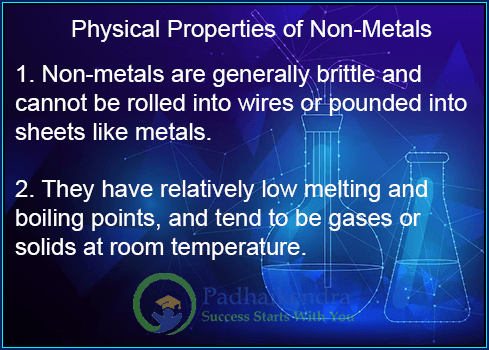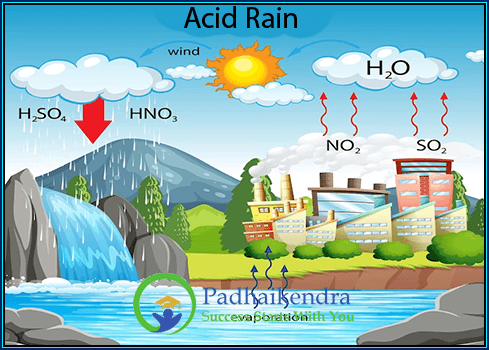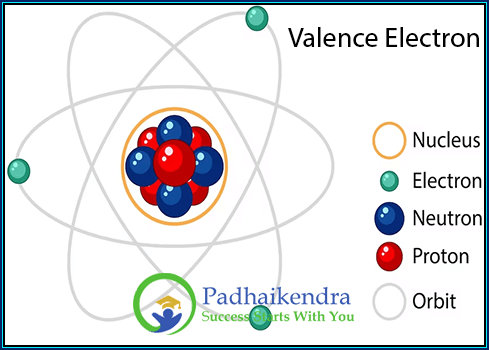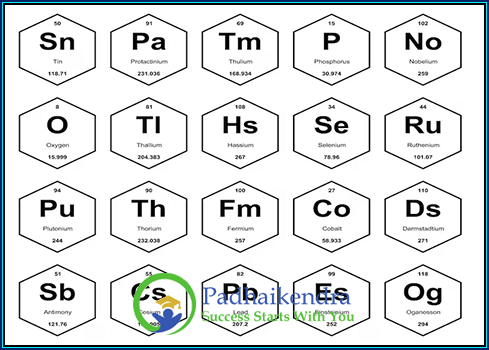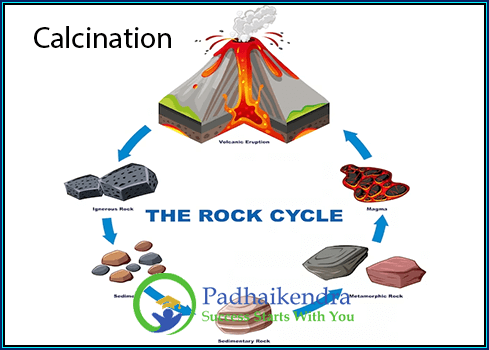Non-metals are a group of elements in the periodic table that generally lack metallic properties. They have distinct physical properties that set them apart from metals. Here are some key physical properties of non-metals:
Appearance: Non-metals can exist in various forms, including solids, liquids, and gases, depending on their specific properties. Solids may appear in different colors and textures, while gases are typically colorless.
 State at Room Temperature: Many non-metals are gases at room temperature, such as oxygen (O2), nitrogen (N2), and chlorine (Cl2). Some non-metals are solids, like sulfur (S) and phosphorus (P), while a few, like bromine (Br2), are liquids.
State at Room Temperature: Many non-metals are gases at room temperature, such as oxygen (O2), nitrogen (N2), and chlorine (Cl2). Some non-metals are solids, like sulfur (S) and phosphorus (P), while a few, like bromine (Br2), are liquids.
Melting and Boiling Points: Non-metals generally have lower melting and boiling points compared to metals. This means they tend to change states from solid to liquid and from liquid to gas at lower temperatures.
Density: Non-metals typically have lower densities compared to metals. They are often lighter and less dense, which can affect their buoyancy and their ability to float on liquids.
Conductivity: Non-metals are generally poor conductors of heat and electricity. Unlike metals, which are excellent conductors, non-metals do not allow the easy flow of electric current or heat due to their atomic structure and fewer free electrons.
Brittleness: Many non-metals are brittle in their solid form, meaning they tend to break or shatter when subjected to stress or pressure. This is in contrast to metals, which are usually malleable and can be hammered into thin sheets or stretched into wires.
Lustre: Non-metals often lack the characteristic metallic lustre or shine observed in metals. Instead, they may have a dull or non-reflective appearance.
 Solubility: Non-metals can have varying solubility in different solvents. For example, some non-metals like sulfur are insoluble in water but soluble in organic solvents, while others like chlorine readily dissolve in water.
Solubility: Non-metals can have varying solubility in different solvents. For example, some non-metals like sulfur are insoluble in water but soluble in organic solvents, while others like chlorine readily dissolve in water.
Reactivity: Non-metals can exhibit a wide range of reactivity. Some non-metals, like oxygen and fluorine, are highly reactive and readily form compounds with other elements. Others, like noble gases (helium, neon, etc.), have very low reactivity and are generally unreactive under normal conditions.
Understanding the physical properties of non-metals helps us recognize their distinctive characteristics and behavior. These properties influence their applications in various fields, including chemistry, electronics, and environmental sciences.

